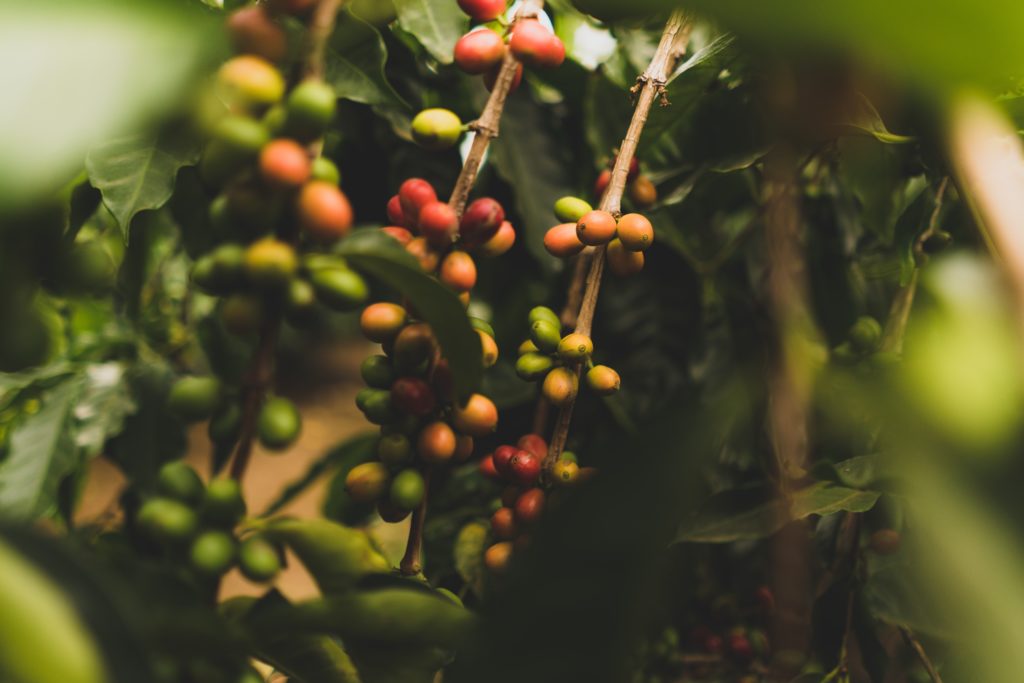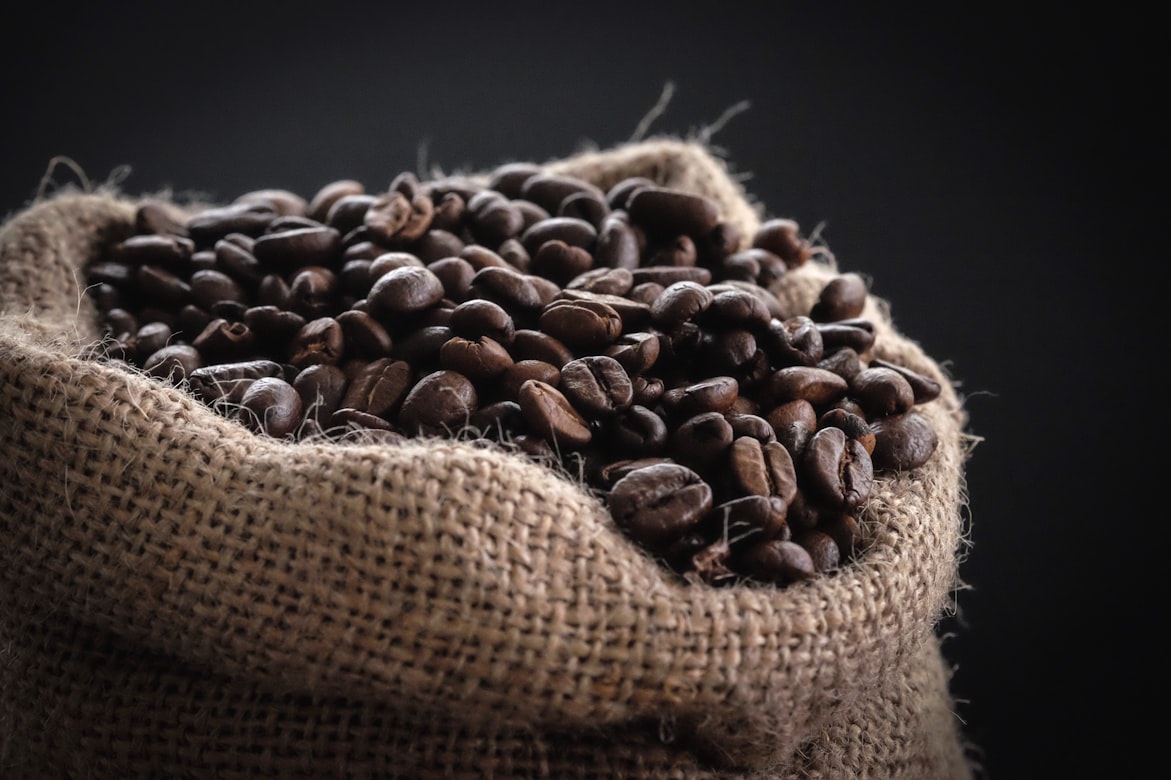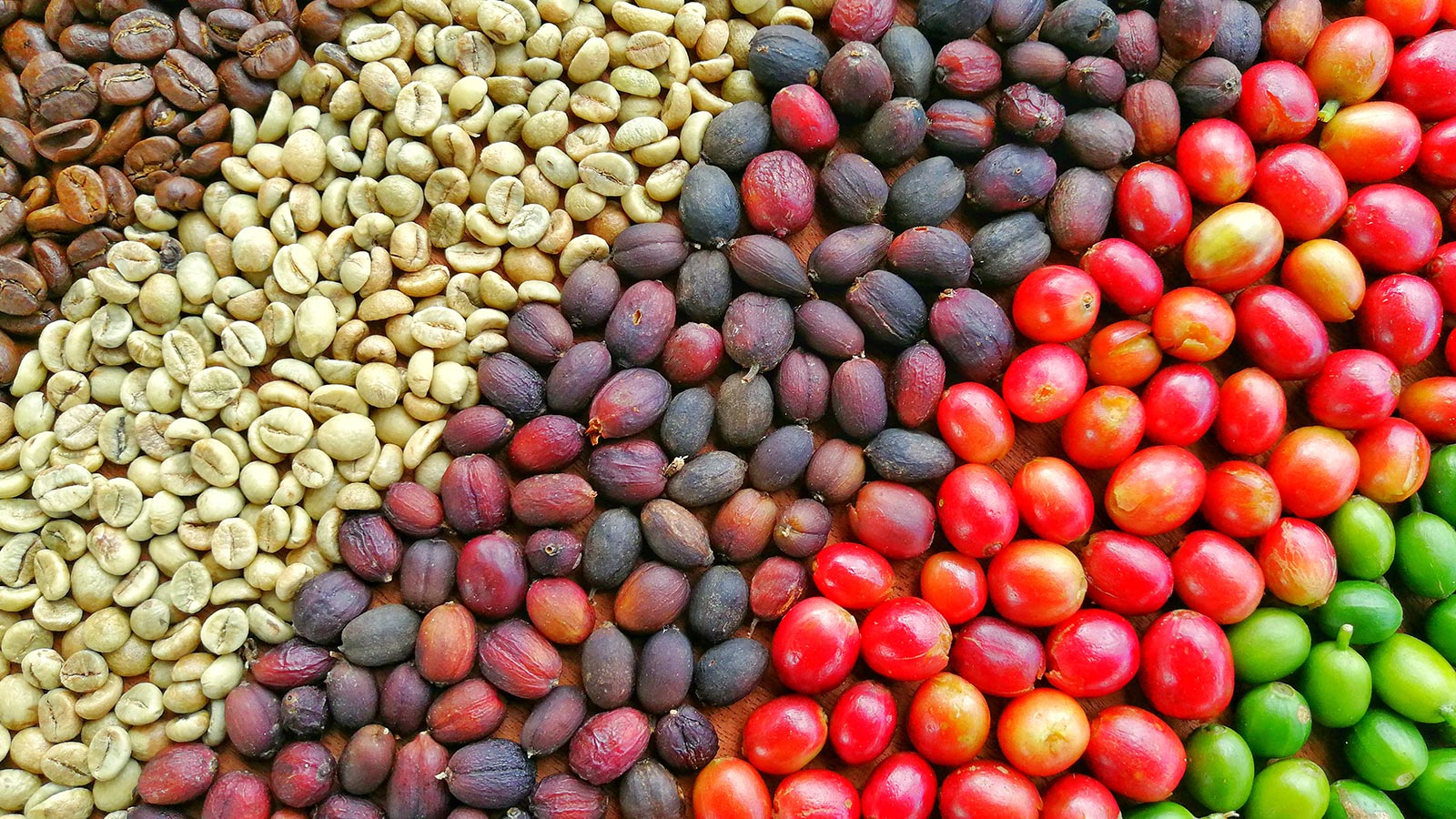Share this post:
Popular Posts
Visiting Medellin Recent Posts
Plan Your Trip Recent Posts
Living in Medellin Recent Posts
Greater Antioquia Recent Posts

TLDR? As Colombia is a huge coffee producer, you can visit coffee plantations as well as enjoy coffee drinks and snacks!
Did you know that coffee is the second most consumed beverage in the world?
Like many products, coffee has a different flavor depending on where it’s grown. Colombia’s one of the largest producers of coffee and pretty famous when it comes to it.
In this country, there’s coffee everywhere. You’ll find coffee-tasting experiences, inner city coffee shops, and incredible landscapes in coffee-producing regions close to Medellin.
Here’s all you need to know about the drink that’ll wake you up every morning in Colombia!

Contrary to what many believe, coffee doesn’t originate in Latin America.
Coffee was first grown in Africa. Initially, its use consisted of chewing the plant’s leaves and making infusions.
Later, the Arabs disseminated coffee throughout Europe. It’s said to have arrived in America in the mid-eighteenth century with the Dutch.
There’s also the theory it was brought by Jesuits in the 17th century. The first Colombian crops were in the department of Santander, in the north.
By the end of the 19th century, Colombia had increased its exports by more than 200%, and coffee was the main product sold abroad that produced the best income.

Perhaps this name sounds familiar to you because you’ve been to a coffee shop with its name.
Juan Valdéz is a character representing the thousands of coffee growers in Colombia.
The brand that includes a man and a mule called Conchita is the hallmark of premium coffee internationally. Its creation in 1959 allowed Colombia to position itself as one of the best coffee producers worldwide.
This brand has appeared in movies and TV shows you may have seen at some point. Almost 20 years ago, the Juan Valdéz brand began selling premium Colombian coffee through stores bearing his name.

Coffee’s a simple green plant whose fruit, after different processes, became one of the most consumed worldwide.
With a research center dedicated to coffee, Colombia’s crops have the best quality and are pest-free.
The coffee process isn’t as simple as you may think. For example, generating just one pound of coffee takes almost 2,000 ripe coffee cherries.
In addition to cultivating and caring for it during its growth and maturation process, once coffee growers harvest it, they carry out the following processes:

Colombia has all the climatic conditions to generate the best coffee!
The coffee that grows in Colombia needs certain environmental conditions such as a cold climate between 62.6 and 73.4 °F, an average annual rainfall, and a specific location at sea level.
Antioquia’s one of the coffee-growing regions in Colombia, joining more than half of the country that also grows and produces coffee.
In Colombia, there’s something called eje cafetero where the departments of Quindío, Caldas, Tolima, and Risaralda meet. These regions have places where you can learn about the coffee process and try its different flavors.

Coffee isn’t a single plant: you’ll find varieties such as Liberica coffee, Robusta coffee, Arabica coffee, and Excelsa coffee.
Arabica coffee’s grown in Colombia. It contains low levels of caffeine that vary according to its processes. It’s supposed to be extra smooth.
Arabica coffee also has different varieties grown in Colombia and other places.
On the other hand, coffee isn’t just a perfect drink to share with friends or accompany your breakfast. You can derive different products from coffee that may surprise you!
In Colombia, you can find coffee on every corner.
Now that you know about the history of coffee, you should try its different presentations and delicious derivatives. Also, a coffee farm tour may be one of your best options to get to know Colombia better!
If you like this blog, you might like the Casacol Instagram page to keep up with all the new articles. Anything we need to update or correct? Care to contribute? Email us at blog@casacol.co.